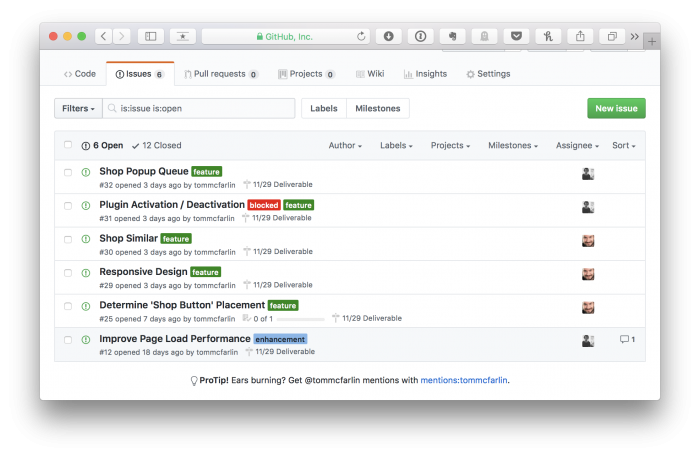I’ve been sitting on the idea of this post for some time because I’ve not been sure how to best articulate it. Some of us are better with words than others and all that.
But I thought since it’s been a while since I’ve written anything beyond a technical post, that maybe I’d use this time (you know, during the whole upcoming holiday season and all that), to share some thoughts, opinions, and observations on all things WordPress.
For those who live and die by hit pieces or the “…you’ll never believe what happens next” stuff we’re used to seeing on so many social media outlets, this is not that post.
Instead, this is one person who has been working with WordPress in a professional capacity for close to a decade in a technical way who’s simply sharing observations.
There’s a lyric I like:
Opinions are immunity from being told you’re wrong.
Maybe that works here, maybe not. I don’t know. But I’m going to open comments on this post, and although I may not respond to them, I’m genuinely interested in other people’s take on their experience with WordPress.


